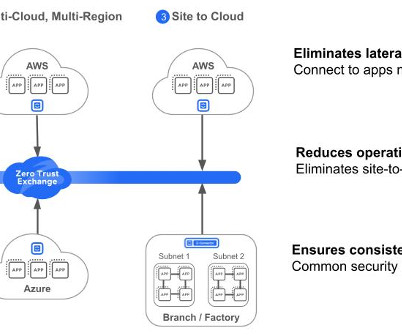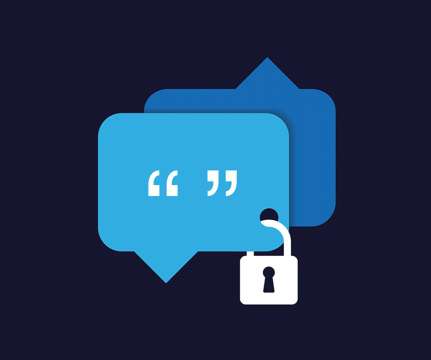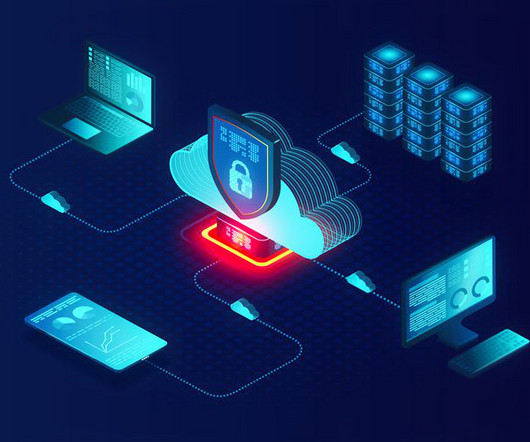Google Cloud and Palo Alto Networks Deliver Cloud-Native NGFW Service
Palo Alto Networks
APRIL 11, 2024
Google Cloud and Palo Alto Networks are excited to announce the general availability of Google Cloud Next-Generation Firewall (NGFW) Enterprise. Google Cloud NGFW Enterprise offers cutting-edge Layer 7 security features, tailored to safeguard Google Cloud workloads from threats, such as malware, spyware and command-and-control attacks.

























Let's personalize your content